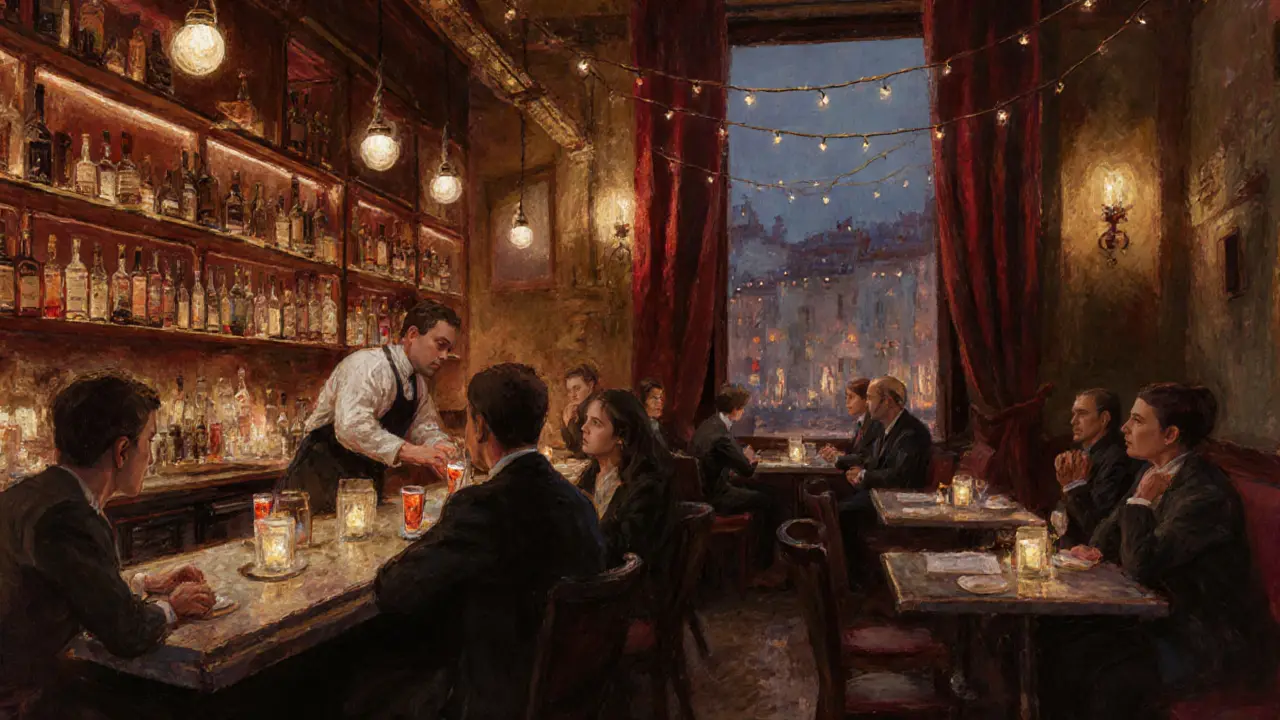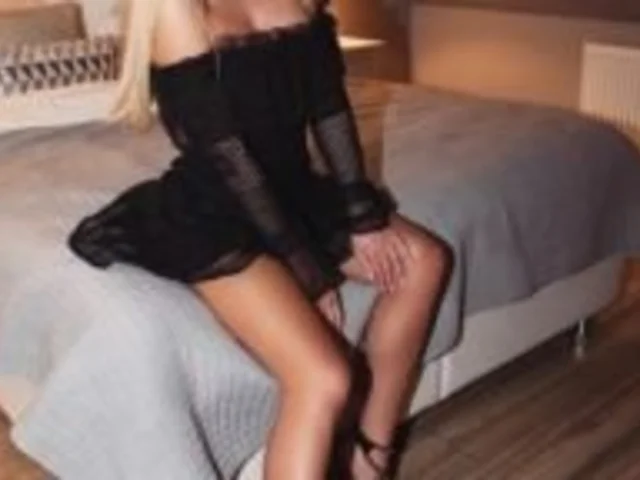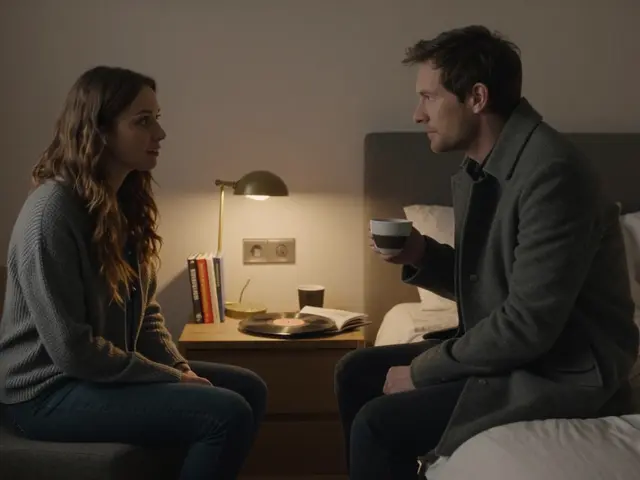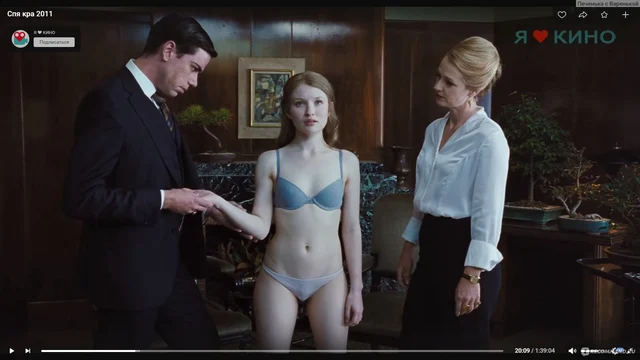
Milan doesn’t sleep. While Rome might be the history hub and Florence the art capital, Milan is where the city pulses after dark. It’s not just about drinking-it’s about being seen, heard, and moving to a rhythm that only this city understands. If you think Italian nightlife is all about quiet wine bars and slow evenings, you haven’t been to Milan after midnight.
Where the Night Starts: Navigating Milan’s Party Zones
Milan’s nightlife isn’t scattered-it’s clustered. Each district has its own flavor, and knowing where to go saves you hours of wandering. Start with Brera, the bohemian heart. Here, candlelit wine bars like Enoteca Cigarral and Bar Basso (famous for inventing the Negroni Sbagliato) draw a stylish crowd. It’s not a club scene-it’s a slow burn. You sip, chat, and linger until 1 a.m. Then you move.
Next, head to Porta Ticinese. This is where Milan’s real nightlife begins. The streets are lined with converted warehouses turned into underground clubs. La Scala isn’t the opera house here-it’s a gritty, neon-lit basement with house and techno that thumps until 6 a.m. The crowd? Mix of local artists, fashion students, and expats who know the rules: dress sharp, don’t ask for vodka shots, and never show up before 1 a.m.
Then there’s Zona Tortona, the industrial-chic zone. Once a forgotten factory district, it’s now home to pop-up clubs and rooftop lounges like Terrazza Aperol. During Fashion Week, this area explodes with celebrity sightings and invite-only parties. Even outside those weeks, the vibe is electric. DJs from Berlin and London rotate here, and the drinks? Craft cocktails with Italian herbs and local spirits.
And if you’re looking for something wilder, Corso Como is where Milan’s elite go to be seen. Corso Como 10 is less a club and more a lifestyle experience-think velvet couches, velvet ropes, and a bouncer who decides who gets in based on how you walk in. No cover charge, but you better look like you belong.
What to Expect: The Milanese Night Out Rules
Milanese nightlife doesn’t follow the same script as Berlin or Ibiza. There’s a rhythm here, and if you ignore it, you’ll be left behind.
- Don’t show up before 1 a.m. - Seriously. The clubs don’t even turn on the lights until then.
- Dress code isn’t optional. No sneakers, no hoodies, no flip-flops. Even if it’s winter, men wear tailored jackets. Women wear heels or stylish boots. It’s not about wealth-it’s about respect for the space.
- Cover charges are normal. Expect €10-€25 depending on the venue and night. But here’s the trick: some clubs waive the fee if you arrive before midnight with a drink in hand from the bar next door.
- It’s not about the music alone-it’s about the atmosphere. A club in Milan might play the same track as one in London, but the lighting, the crowd’s energy, the way people move-it’s different. It’s Milan.
Also, don’t expect American-style happy hours. There’s no $5 pitchers. Instead, you get aperitivo-a cultural institution. Between 6 p.m. and 9 p.m., bars offer free snacks with every drink. Think mini sandwiches, truffle arancini, and local cheeses. A €12 Aperol Spritz gets you a full buffet. It’s the smartest way to start your night without spending a fortune.
Top 5 Clubs You Can’t Miss
Not all clubs in Milan are created equal. Here are the five that consistently deliver, backed by locals and regulars.
- La Scala - Porta Ticinese. Underground, no sign, just a red door. House, techno, and deep bass. Open until 7 a.m. on weekends. The crowd is young, diverse, and obsessed with the music.
- Magazzini Generali - Just outside the city center. A former warehouse turned multi-room club. One floor is disco, another is experimental electronic. The terrace has skyline views. It’s open every Saturday and Thursday.
- Teatro degli Arcimboldi - Not a traditional club, but a venue that hosts major international DJs. Think deadmau5, Charlotte de Witte, or Tale Of Us. Tickets sell out fast. Check their calendar monthly.
- Bar Basso - Brera. Yes, it’s a bar. But it’s also where Milan’s night begins. The Negroni Sbagliato here is legendary. Stay until 2 a.m., and you’ll see the transition from quiet drinkers to people heading out to clubs.
- Corso Como 10 - For the glam crowd. It’s not for everyone, but if you want to feel like you’re in a fashion film, this is it. Dress to impress. Arrive early. Don’t expect to dance-expect to be watched.

Hidden Gems and Local Secrets
Most tourists never find these places-and that’s how locals like it.
- Il Gatto Nero - A speakeasy behind a bookshelf in Brera. You need a password. Get it from the bartender at Bar Basso after 11 p.m. Only 20 seats. Whiskey-only menu. No music. Just conversation.
- Bar San Carlo - A 1950s-style cocktail bar near Duomo. They serve cocktails in vintage glassware. The owner, Marco, remembers every regular’s name. He’ll recommend a drink based on your mood.
- La Vineria - A wine bar that turns into a jazz club after 10 p.m. Live piano. No reservations. Arrive at 9:30 p.m. to grab a corner table.
- Il Ghetto - A tiny, unmarked basement near the train station. Only locals know it. DJs play rare vinyl from the 80s and 90s. The floor is sticky. The sound is perfect. You’ll leave at 5 a.m. and not remember how you got home.
When to Go: Seasonal Shifts in Milan’s Scene
Milan’s nightlife changes with the seasons. Summer is all about rooftop bars and open-air clubs. Winter? It’s cozy, intimate, and packed.
From April to September, La Terrazza on the top floor of the Triennale Museum opens its doors. It’s the place to watch the sunset over the city skyline with a glass of Prosecco. By October, the outdoor scene fades. The clubs get louder. The crowds get tighter.
October through February is when the real party happens. Fashion Week in February turns Milan into a global hotspot. Clubs book international DJs months in advance. If you’re visiting then, book your club entry early. Even if you’re not into fashion, the energy is contagious.
July and August are quiet. Many locals leave the city. But the clubs that stay open? They’re the best. Less crowded. Better service. And the DJs? They play longer sets.

What to Avoid
There are traps. Don’t fall for them.
- Avoid tourist traps near the Duomo. Places like Bar Duomo or La Perla charge €20 for a basic cocktail and play Top 40 hits. You’ll pay more, get less, and feel out of place.
- Don’t try to bargain on cover charges. Milanese clubs don’t negotiate. If you don’t want to pay, don’t go in.
- Don’t assume English is spoken everywhere. In underground spots, staff speak Italian. Learn a few phrases: “Un Aperol, per favore”, “Dove è il bagno?”-it helps.
- Don’t show up alone if you’re not comfortable. Milan’s nightlife is social. If you’re solo, sit at the bar. Talk to the bartender. Someone will invite you to join a table.
How to Make the Most of Your Night
Here’s the real secret: Milan’s nightlife isn’t about checking off clubs. It’s about rhythm.
Start with aperitivo at 7 p.m. Move to a wine bar by 9. Hit a club by 1 a.m. Stay until 4 or 5. Walk home under the streetlights of Porta Ticinese. Eat a panzerotto from a late-night kiosk. Get coffee at 6 a.m. at Bar Campari, where the barista knows your name by now.
Don’t rush. Don’t chase the biggest name. Find the place that feels right. Milan doesn’t reward the loudest. It rewards the ones who listen.
What time do clubs in Milan usually open?
Most clubs in Milan don’t really open until 1 a.m. or later. The vibe starts building around midnight, but the real crowd arrives after 1 a.m. Arriving before then means you’ll be one of the only people there-and you’ll miss the energy that makes Milan’s nightlife special.
Is there a dress code in Milan’s clubs?
Yes, and it’s strict. No sneakers, no sportswear, no hoodies. Men should wear dark jeans or tailored pants with a button-down or stylish shirt. Women wear dresses, skirts, or stylish separates with heels or chic boots. It’s not about being rich-it’s about showing respect for the space. Bouncers check outfits at the door.
How much should I expect to spend on a night out in Milan?
You can keep it under €30 if you start with aperitivo (€12-€15) and hit one club with a €15 cover. But if you’re going to high-end spots like Corso Como 10 or booking VIP tables, expect €100-€200. Drinks alone can cost €15-€20 each. Budget accordingly.
Are there any LGBTQ+ friendly nightlife spots in Milan?
Yes. Bar Luce in Brera is a longtime favorite for queer crowds, with drag shows and themed nights. La Casa in Porta Venezia is a cozy bar with a welcoming vibe and weekly events. Club 21 near the Navigli canals is a popular dance spot with a diverse crowd. Milan’s LGBTQ+ scene is vibrant but understated-no flashy rainbow flags, just genuine inclusion.
Can I go clubbing in Milan if I don’t speak Italian?
Absolutely. Most club staff in popular areas speak English, especially in tourist-heavy zones like Porta Ticinese and Corso Como. But learning a few Italian phrases helps-like “Un Aperol, per favore” or “Dove è il bagno?”. The music and vibe transcend language. You’ll feel it before you understand it.
Milan’s nightlife isn’t about counting drinks or checking off venues. It’s about finding your rhythm in a city that never stops moving. Whether you’re dancing in a basement club until sunrise or sipping a Negroni under string lights, this is where the night becomes something unforgettable.




